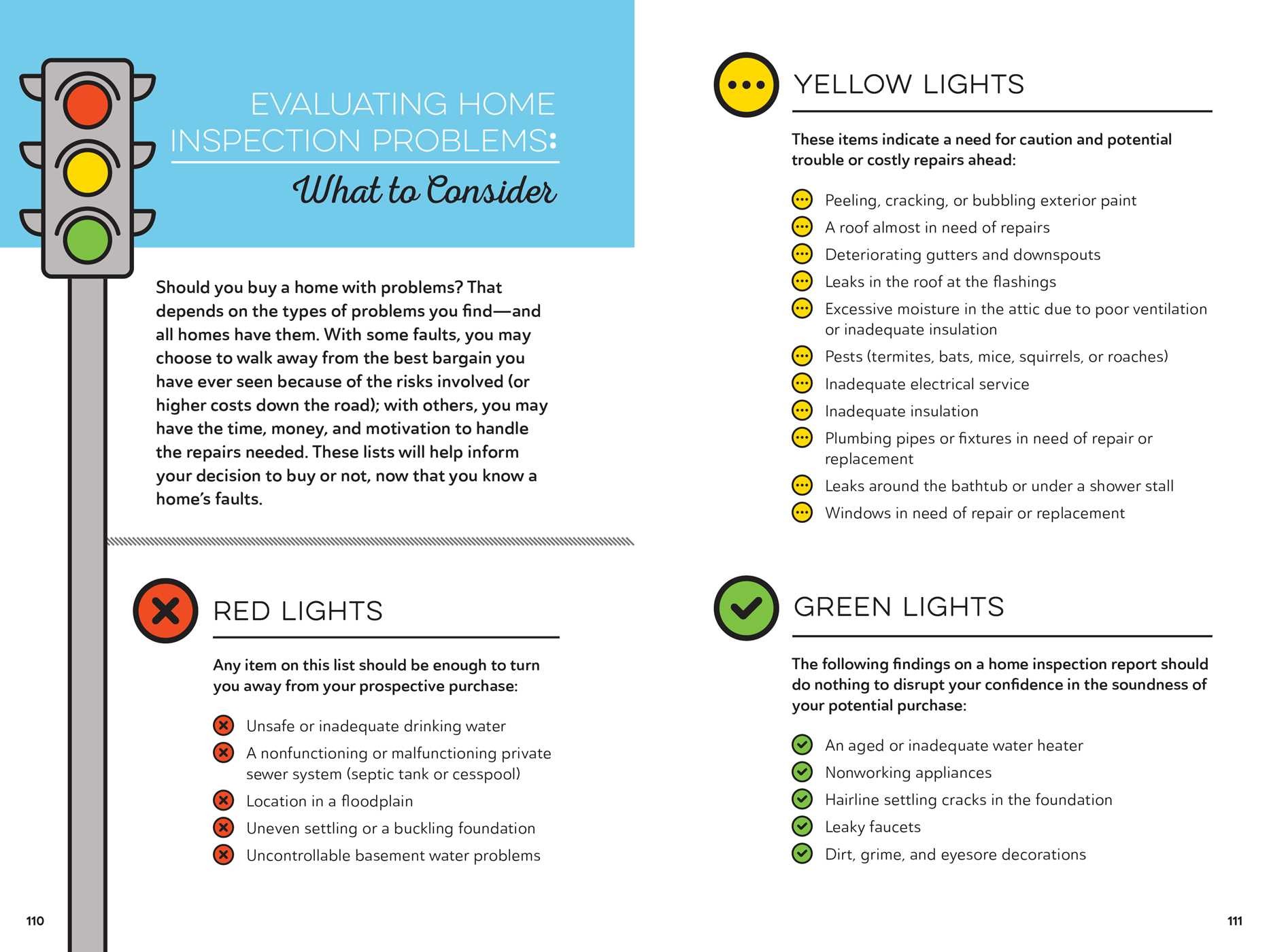The Value Of Roofing System Ventilation In Getting An Effective Setup
The Value Of Roofing System Ventilation In Getting An Effective Setup
Blog Article
Authored By- roofing in san antonio tx
When you're tackling a roof covering project, you might not think much about roof covering air flow, but it's more vital than you realize. Effective ventilation helps control temperature and dampness in your attic, avoiding issues like mold and structural damages. By understanding just how to develop and set up a well balanced ventilation system, you can enhance energy effectiveness and extend the life expectancy of your roofing products. So, what are the key variables to think about during installment that can make all the distinction?
Relevance of Roof Covering Air Flow
Roofing air flow plays a vital duty in keeping the overall wellness of your home. By allowing fresh air to distribute through your attic room, it aids control temperature and wetness levels. This equilibrium is necessary to prevent warmth accumulation throughout hot months, which can bring about increased energy expenses as your cooling works overtime.
In addition, appropriate ventilation considerably reduces the danger of moisture-related problems like mold and mildew. If humidity degrees increase, your home's structural stability can be endangered, causing costly repair work. You wouldn't intend to take care of decomposing timber or deformed roof products, right?
In addition, appropriate air flow extends the life expectancy of your roof. When warm and dampness are kept in check, your roof covering can perform optimally, avoiding premature wear and tear. This means less frustrations and expenditures down the line.
Just How Roofing System Ventilation Works
Effective roof ventilation relies on the natural motion of air to develop an equilibrium between consumption and exhaust. When you install vents, you're basically permitting fresh air to enter your attic while enabling warm, stale air to get away. This process assists regulate temperature and moisture degrees, avoiding issues like mold development and roof damages.
Intake vents, generally discovered at the eaves, attract cool air from outdoors. On the other hand, exhaust vents, situated near the ridge of the roofing system, let hot air increase and leave. The distinction in temperature level produces an all-natural air flow, called the stack effect. As warm air increases, it creates a vacuum that draws in cooler air from the reduced vents.
To maximize this system, you require to make certain that the consumption and exhaust vents are appropriately sized and positioned. If the intake is limited, you will not achieve the desired ventilation.
Furthermore, inadequate exhaust can catch warmth and dampness, bring about possible damage.
Secret Installation Considerations
When installing roofing air flow, several crucial factors to consider can make or damage your system's performance. Initially, you require to assess your roofing's style. The pitch, shape, and products all influence air movement and ventilation choice. See to it to select vents that match your roofing kind and local environment conditions.
Next off, think about the positioning of your vents. Preferably, you'll desire a balanced system with consumption and exhaust vents placed for ideal air flow. Location consumption vents low on the roof and exhaust vents near the top to motivate an all-natural flow of air. This setup aids protect against dampness accumulation and promotes power efficiency.
Don't ignore insulation. Appropriate insulation in your attic room protects against warm from leaving and keeps your home comfortable. Make sure that insulation doesn't block your vents, as this can impede air movement.
Last but not least, think of maintenance. Pick air flow systems that are easy to access for cleaning and assessment. Routine upkeep guarantees your system remains to operate successfully in time.
https://komonews.com/news/consumer/tip-for-finding-a-good-roofing-company
In conclusion, roof air flow is vital for a successful installment. By making sure correct airflow, you can prevent heat build-up and moisture issues that cause costly damages. When you strategically setting consumption and exhaust vents, you boost energy efficiency and extend the life expectancy of your roof. Remember, a well-ventilated roofing system not just safeguards your investment but also improves your interior air quality. So, prioritize ventilation to make sure a durable and economical roof for your home.
